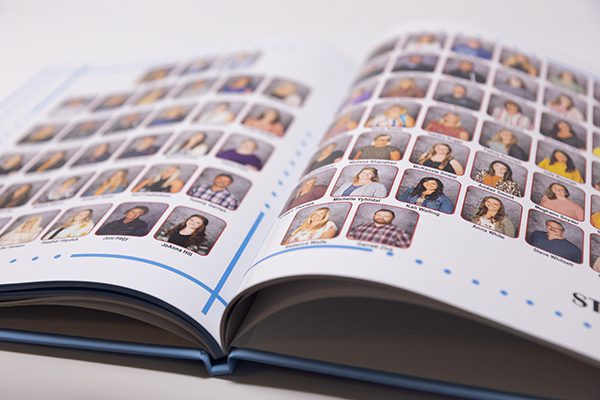
As the school year progresses, there’s a sense of anticipation among students and staff for one cherished item – the school yearbook. A time capsule of memories, achievements, and friendships, a yearbook for schools is a keepsake that lasts a lifetime.
MVP Print, your trusted partner in print solutions in Australia, is here to guide you through the essential steps for creating a flawless school yearbook, at competitive pricing, that will be treasured for years to come.
Be it a High School, Primary School or any other school community, we aim to ensure the school’s content is one to be proud of.
Understanding the Most Popular Types of Yearbooks for Schools
Before diving into the nitty-gritty details of school yearbook printing, it’s essential to understand the various range and types of printed yearbooks available in Australia. Schools often opt for one of the following popular formats:
1. Traditional Hardcover Yearbooks
These timeless classics feature sturdy hardcovers, providing durability and a sophisticated appearance. The hardcover also allows for embossing, debossing, or foil stamping, adding a touch of elegance to the yearbook.
Not the most common type of yearbook, however, the final product is one of very high quality.
2. Softcover Yearbooks
For a more contemporary and budget-friendly option, softcover school yearbooks are gaining popularity. They offer flexibility in design and are lighter, making them easier to carry and handle.
3. Spiral-Bound Yearbooks
Spiral-bound school yearbooks are known for their lay-flat design, allowing pages to open seamlessly. This format is ideal for panoramic photos and offers a modern, sleek look.
4. E-Yearbooks
In the digital age, some schools opt for electronic yearbooks or “e-yearbooks.” These digital versions can be easily shared online and often include interactive elements like videos and links. These, however, do not have the memorable tangibility of the printed finished product.
How Are Yearbooks for Schools Bound?
The binding method you choose for your school’s yearbook contributes to its overall appearance and functionality. Consider the following options:
1. Perfect Binding
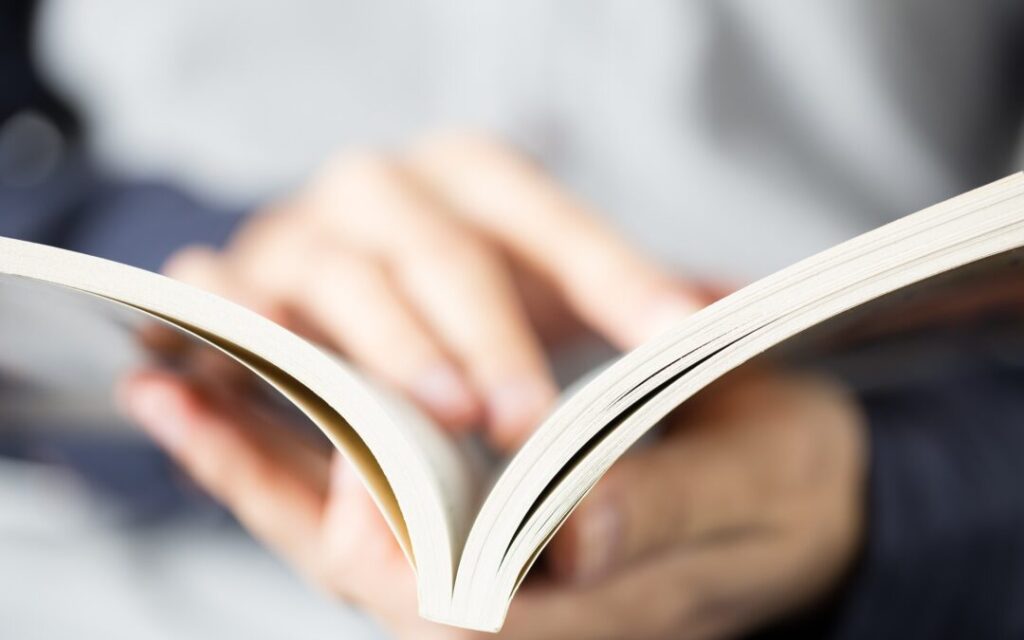
Perfect binding provides a clean and professional look, with pages glued together at the spine. This method works well for softcover yearbooks, giving them a sleek finish.
2. Smyth Sewn Binding
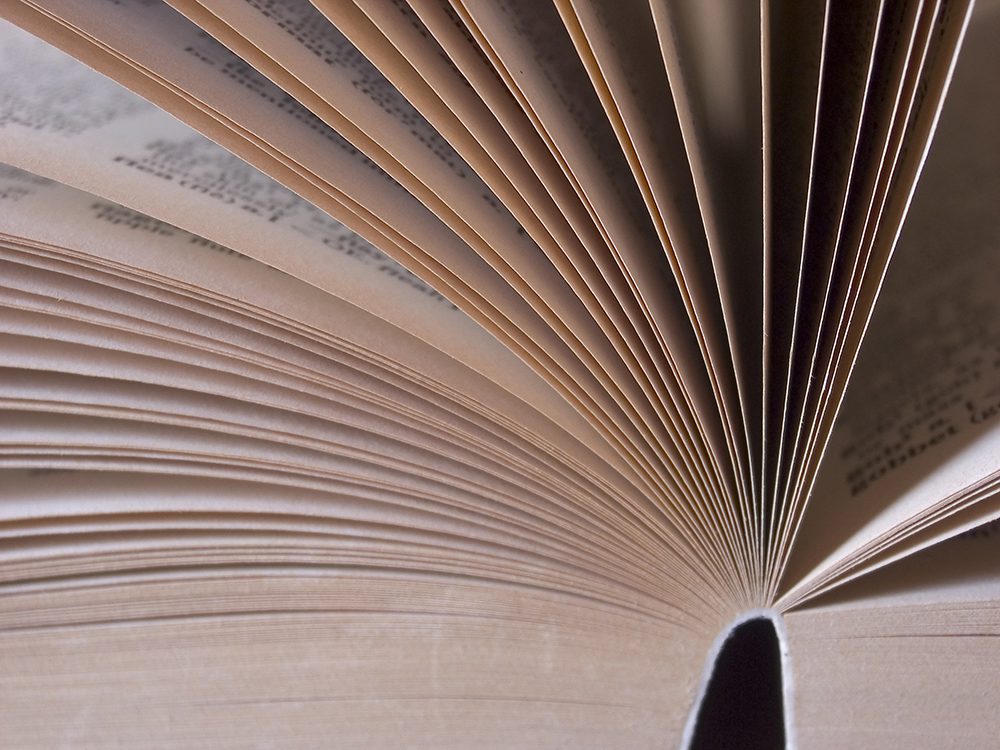
For added durability, Smyth sewn binding involves sewing the pages together before binding. This method is often used for hardcover yearbooks, ensuring longevity and a polished appearance.
3. Coil Binding
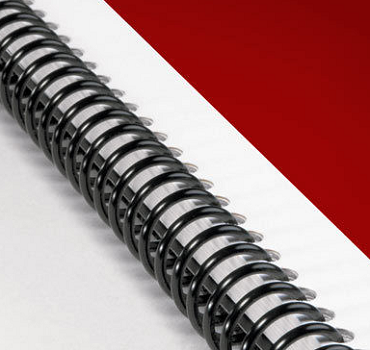
Coil binding, or spiral binding, involves a plastic or metal coil threaded through small holes along the edge of the pages. This method is popular for its lay-flat design and is commonly used for spiral-bound yearbooks.
4. Saddle Stitching

Saddle stitching is a cost-effective binding method where folded sheets are stapled along the spine. While suitable for smaller page counts, it may not be ideal for thick yearbooks. Typically referred to as school magazines, these are perfect for clients on a budget who want a quick turn-around.
Yearbooks for Schools – Choosing the Right Stock
The type of paper stock used significantly impacts the overall feel and quality of your yearbook. Consider the following options:
1. Matt Paper
Matte paper provides a smooth, non-reflective surface, giving a classic and elegant look. It is suitable for all types of yearbooks and is often chosen for its readability and high quality.
2. Gloss Paper
Gloss paper offers a shiny finish, enhancing the vibrancy of colours and photos. This option is popular for its eye-catching appeal and how it suits Full-Colour magazine print runs with plenty of photos and visual Artwork.
3. Recycled Paper
For schools emphasizing sustainability, recycled paper is an excellent choice. It aligns with eco-friendly initiatives and still provides quality printing results. Recycling paper has its benefits, whether you are looking at FSC-accredited stock or 100% Recycled paper. In Australia, the predominant amount of quality paper is FSC Certified at the very least.
Production Time: Planning Ahead
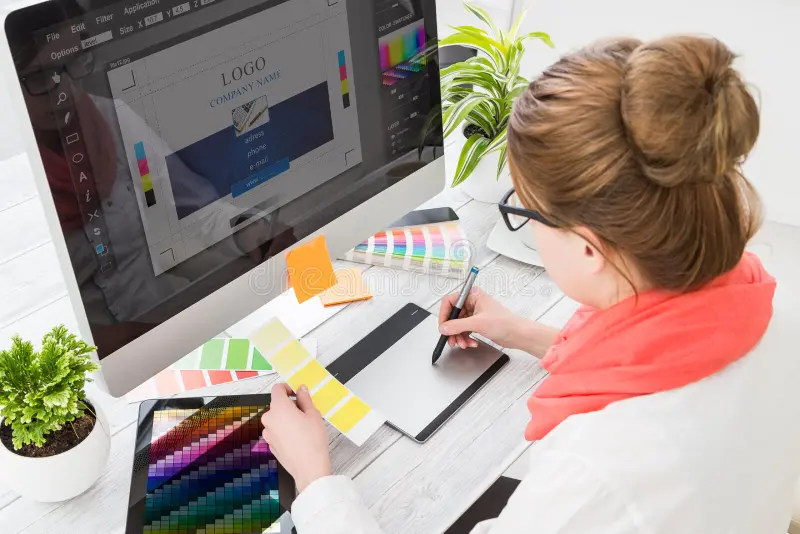
A successful yearbook requires careful planning and adherence to production timelines. Here’s a general timeline to ensure your yearbook is ready for distribution:
1. Start Early
Commence the planning process at least 9-12 months before the desired distribution date. This allows ample time and space for design, content collection, and collaboration with MVP Print for a seamless printing process.
2. Design Phase
Allocate 2-4 months for the design phase. Work closely with your chosen design team or use user-friendly design software to produce a visually appealing yearbook layout.
For your Yearbook Design, to get the best print result opt to provide the Art and Images in a Print-ready PDF. This will ensure the best print result and beautiful yearbooks in your hands for the end of the year.
3. Content Collection
Gather content from students, staff, and contributors. Set deadlines for submission to ensure all significant events and achievements are included.
4. Review and Proofing
Take 2-3 weeks for thorough reviews and proofing. MVP Print recommends involving multiple stakeholders to catch any errors or inconsistencies.
5. Printing and Binding
The printing and binding process typically takes 4-6 weeks. Allow extra time for any unforeseen delays to ensure your yearbooks are ready on schedule.
Additional Tips for Great School Yearbooks
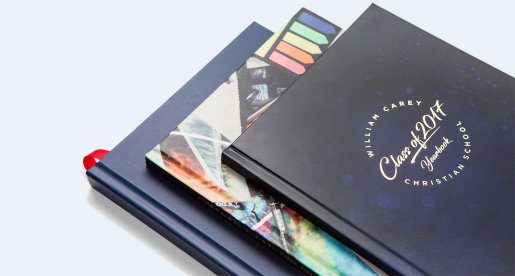
To elevate your yearbook production, consider the following tips:
1. Capture Candid Moments
Encourage photographers to capture candid moments that reflect the true spirit of the school year. Candid shots often evoke more emotion and authenticity.
2. Include Personal Touches
Add personal touches such as quotes, memories, and dedications to make the printed yearbook unique and special for each student.
3. Utilize Modern Design Elements
Incorporate modern design elements to keep the yearbook fresh and visually appealing. Experiment with fonts, layouts, and color schemes to create a contemporary look.
4. Collaborate with MVP Print
Partnering with the MVP Print team ensures access to professional expertise and top-notch printing services at competitive prices. Our team is committed to bringing your vision, your school’s branding to life and delivering high-quality yearbooks that exceed students, teachers, and parents expectations.
Yearbooks for Schools – Rewarding Results
Creating a School Magazine is a labour of love that requires careful planning and attention to detail. By following this comprehensive checklist, you’ll be well on your way to producing an amazing yearbook that captures the essence of the school year.
Trust MVP Print to be your dedicated partner in bringing your next yearbook vision to fruition. Happy printing!







